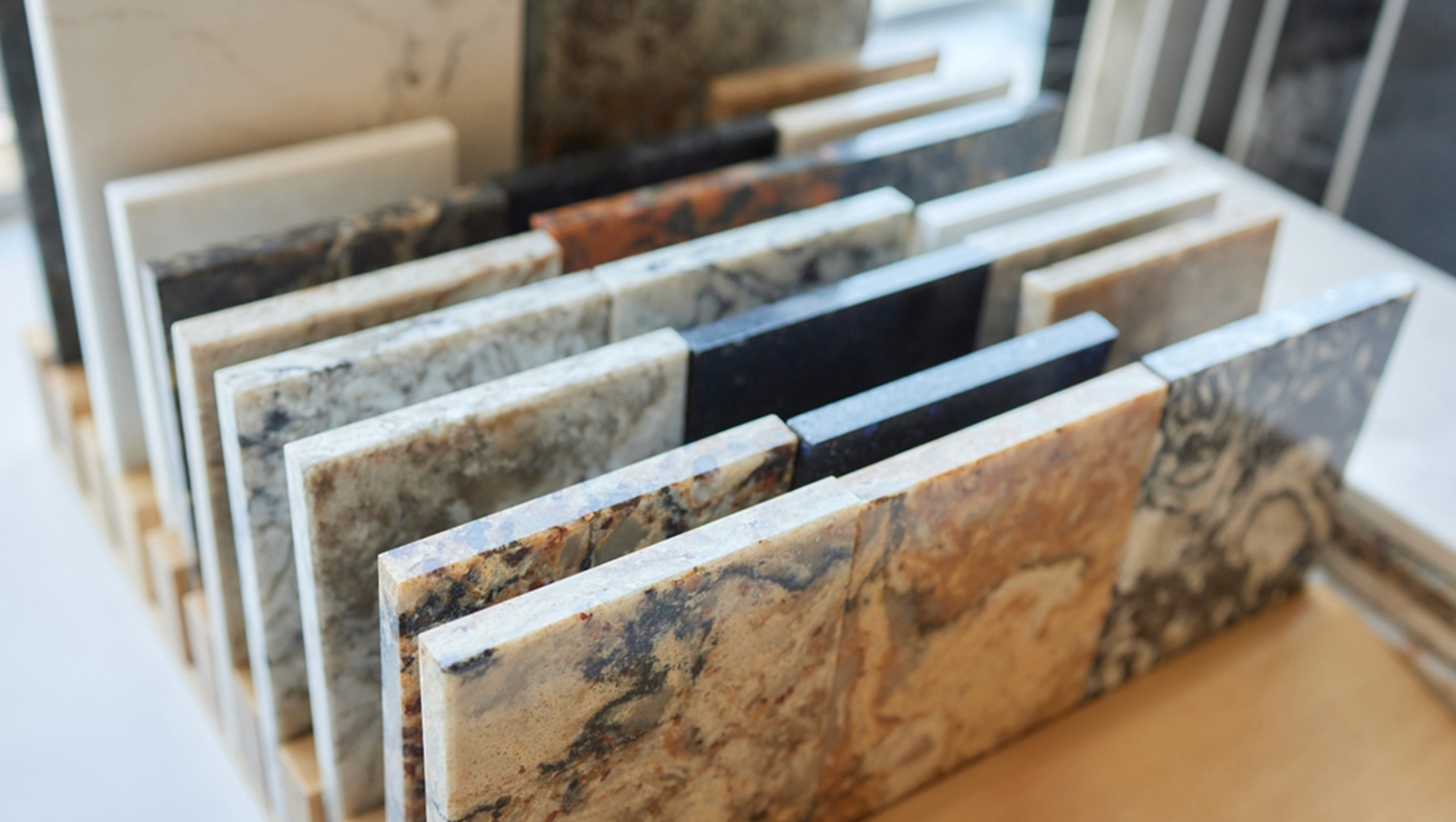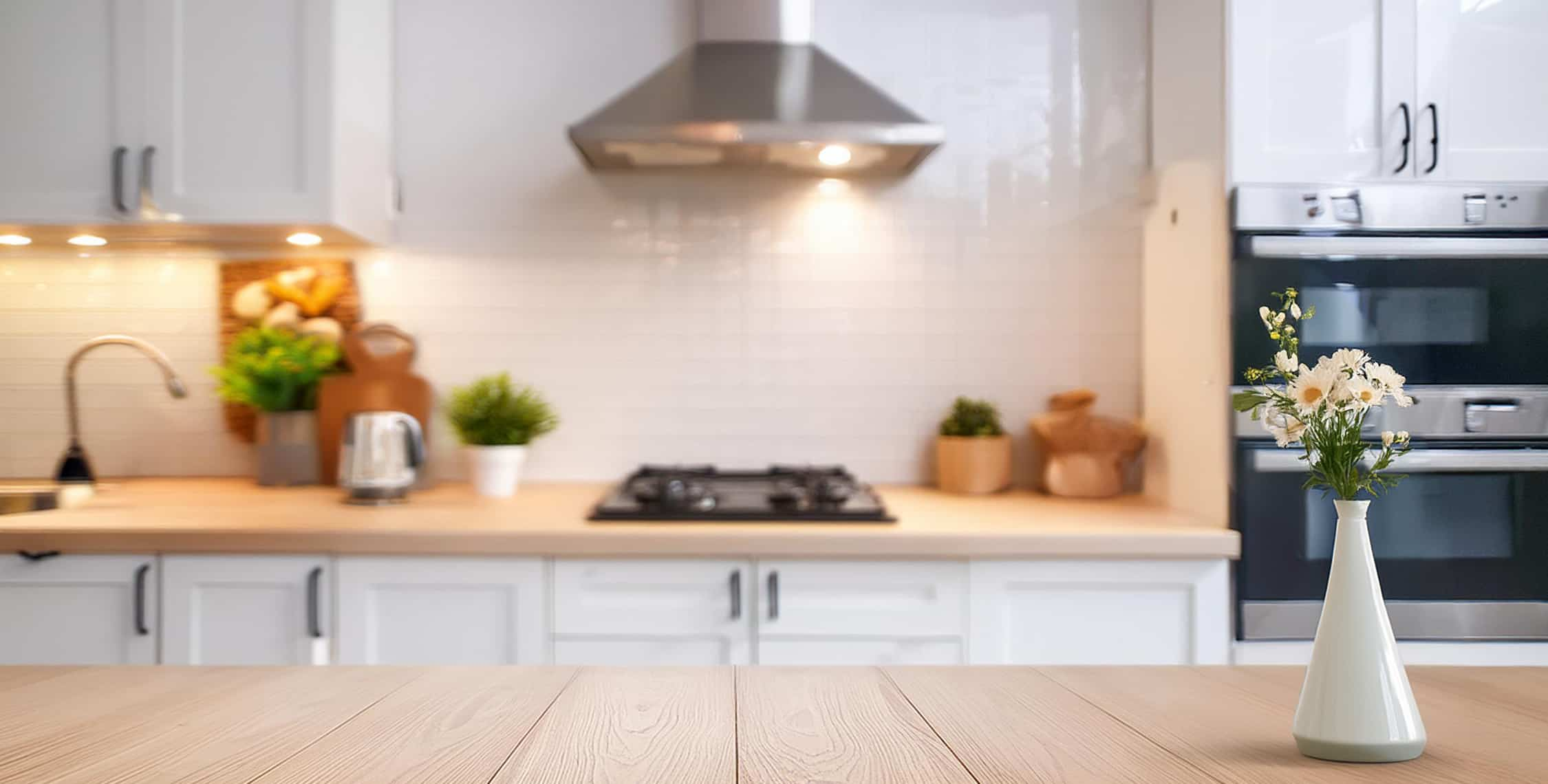Granite tile, or granite flooring, is becoming an increasingly popular choice for many spaces, from private homes to commercial areas. Its advantages include durability, an elegant appearance, and easy maintenance. Let's dive deeper into what granite tile is, how it differs from natural granite and ceramic tiles, its sizes, colours, installation patterns, and the various designs available to enhance the look of your home or office.
What Is Granite Tile
Granite tile refers to tiles made from processed granite crafted into standardized shapes and sizes for use as flooring. Typically manufactured in thin sheets with smooth surfaces, granite tiles are derived from the same material as natural granite but are usually lighter and easier to install.
Granite tiles' main benefits lie in their strength and resistance to scratches, stains, and physical impacts. Additionally, they are known for their aesthetic and elegant appearance, making them versatile for various interior design styles. Granite tiles are widely used in different settings, whether in residential homes or commercial spaces.
Differences Between Granite Tile and Natural Granite
While granite tiles and natural granite share the same base material, there are key differences between the two.
Natural granite is an igneous rock formed naturally through geological processes over millions of years. Its unique textures and patterns result from this natural formation, meaning every piece of natural granite has distinct characteristics.
Granite tiles, on the other hand, are factory-made products. Although the raw material is still granite, the cutting and shaping processes are more controlled and standardized. Granite tiles are generally thinner than natural granite, making them easier to install on various surfaces. They also typically come in uniform sizes and thicknesses, whereas natural granite often features more significant variations in both dimensions and thickness.
Differences Between Granite Tile and Ceramic Tile
Granite tiles and ceramic tiles are often compared because they are both popular materials for floors and walls. However, there are key distinctions between the two.
One major difference lies in the raw materials. Granite tiles are made from natural igneous rock, known for its high durability, whereas ceramic tiles are crafted from clay that is heated at high temperatures.
Granite tiles are more durable and robust compared to ceramic tiles. They offer superior resistance to scratches, stains, and physical impacts, making them an excellent choice for high-traffic areas like kitchens and bathrooms. Ceramic tiles, on the other hand, are generally more affordable and available in a wider range of designs.
Granite tiles typically exude a more premium and elegant appearance, while ceramic tiles often feature a broader variety of designs but with a simpler overall look. For those prioritizing longevity and aesthetics, granite tiles may be the better option.
Granite Tile Size Variations
One reason granite tiles are so popular is their wide range of size options, allowing you to choose what best fits your room’s design needs. Sizes vary from smaller options like 30x30 cm and 60x60 cm to larger sizes such as 80x80 cm or even bigger.
The choice of size depends on the type of room and the desired visual effect. Smaller or medium-sized tiles work well in compact spaces, creating a neat and proportionate look. In contrast, larger tiles are ideal for spacious areas, offering a more expansive and elegant appearance. Bigger tiles also minimize grout lines, making them easier to clean and more visually seamless.
Granite Tile Colors
Granite tiles come in a broad range of colors, which is one of their most attractive features. Options include neutral tones like white, gray, and black, as well as bold shades like red, blue, and brown.
Neutral colors such as white and gray give a clean, elegant look, perfect for minimalist or modern designs where a bright and open feel is desired. Darker hues like black or brown offer a luxurious and dramatic ambiance, ideal for creating classic or sophisticated interiors.
Additionally, granite tiles are available in patterns that mimic other materials such as wood, marble, or natural stone, offering versatile options to match various design themes.
Granite Tile Installation Patterns
The installation pattern of granite tiles plays a significant role in shaping a room’s visual appeal. Choosing the right pattern can create a sense of spaciousness or add depth to the room. Here are some common installation patterns for granite tiles:
- Straight Lay Pattern: This is the simplest approach, where tiles are installed parallel to each other. It provides a clean, symmetrical look, making it ideal for smaller rooms or minimalist designs.
- Diagonal Lay Pattern: In this layout, tiles are placed at a 45-degree angle, creating a more dynamic and expansive feel. This pattern works well in larger rooms or when aiming for a dramatic effect.
- Herringbone Pattern: Featuring a zigzag arrangement, the herringbone pattern adds a classic and elegant touch to a space. It is often used in areas with traditional or luxurious themes.
- Brick Lay Pattern: Resembling a brick arrangement, this pattern staggers the tiles to create a visually varied and dynamic effect. It’s perfect for spaces with a more distinctive or playful character.
- Random Lay Pattern: This approach involves installing tiles in an irregular arrangement for a natural, unpredictable look. It’s ideal for rooms seeking an organic and free-flowing aesthetic.
Granite Tile Patterns
Granite tiles come in a variety of patterns, ranging from natural textures that mimic stone to modern geometric designs. These patterns can be tailored to match your interior design preferences, offering a unique and personalized look.
- Natural Look: This pattern replicates the appearance of natural granite or other stones, creating an organic and earthy vibe. It’s perfect for interiors emphasizing a connection to nature.
- Marble Look: Granite tiles with a marble-inspired design exude luxury and elegance. They mimic the classic veining of marble while offering better durability and easier maintenance.
- Geometric Look: For a more contemporary and modern feel, geometric patterns like lines or grids provide a dynamic and stylish appearance. These patterns are ideal for creating a bold statement.
- Wood Look: Granite tiles with wood-inspired patterns deliver the warmth and natural charm of wood while being far more durable. This design is often chosen for spaces aiming for a rustic or natural aesthetic, with added practicality and low maintenance.
- Plain Look: Solid-colored tiles with no intricate patterns are a go-to choice for minimalist and modern designs. They offer a clean, tidy, and elegant appearance without unnecessary details.
Granite tiles are a popular flooring option with numerous advantages, including high durability, easy maintenance, and a wide range of aesthetic designs. With variations in size, color, installation patterns, and motifs, granite tiles can complement various room design concepts, from minimalist to classic and luxurious styles.
If you’re looking for high-quality flooring with an elegant appearance and low maintenance, Vellino’s granite tiles are an excellent choice. You can select patterns and colors that perfectly match your room’s theme, ensuring a harmonious and stylish interior.
Popular Products
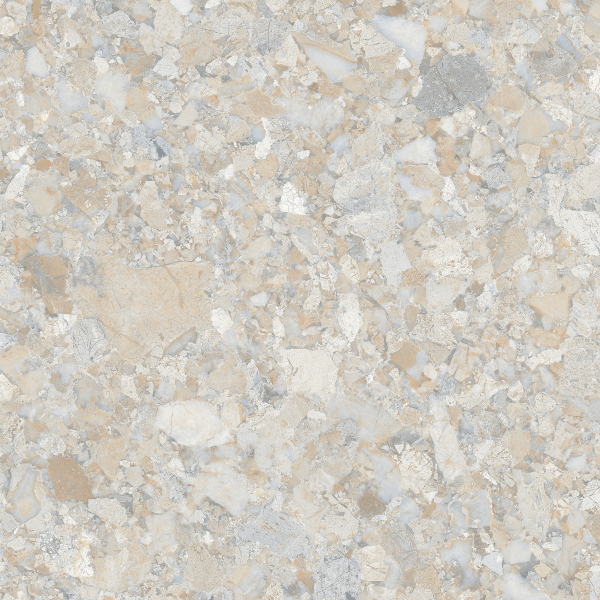
THETA VINCENT BEIGE
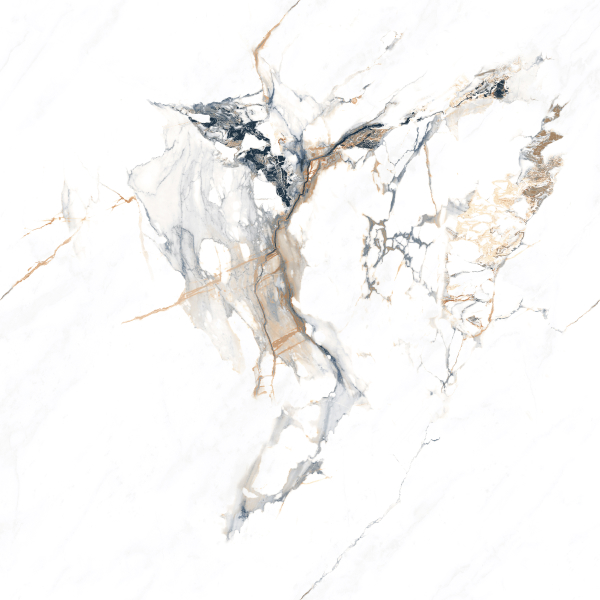
THETA NICOLLI WHITE
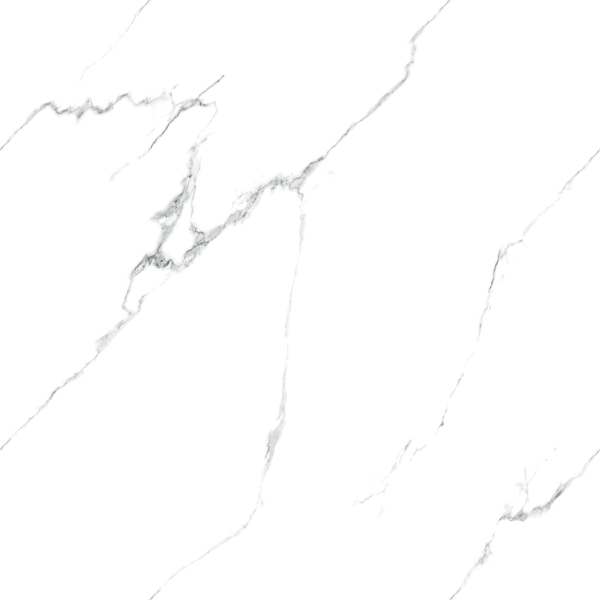
THETA RAFFINATO WHITE

THETA GIARDINO WHITE
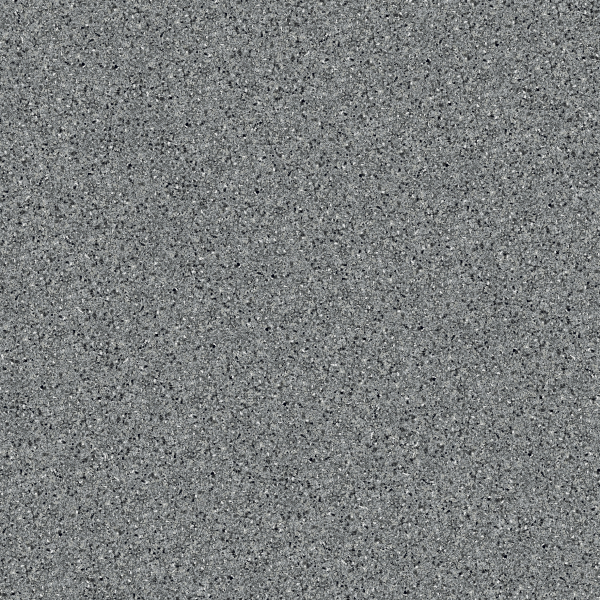
RUSTIC AVIRA CHARCOAL








